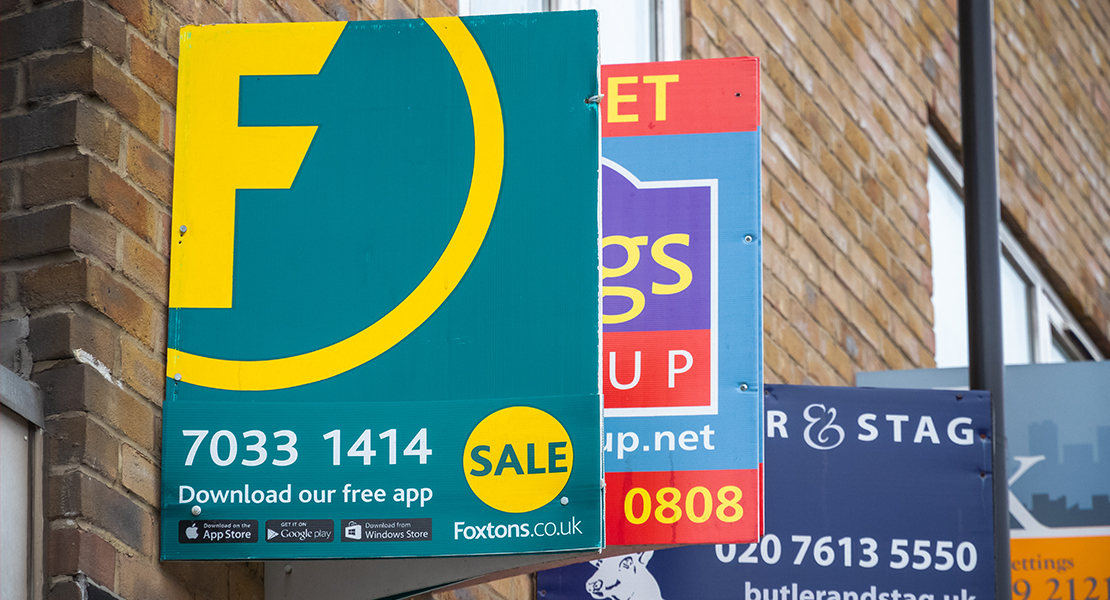
It’s really important to take stock about what it feels like for a child to make that move.
Moving house is often listed as one of the most stressful experiences we can go through in our adult life, so what impact does it have on our children?
Redrow sought the expert advice of a psychologist on how moving house can affect children and, more importantly, how we can support them through the process.
What does home mean to children?
Clinical psychologist Dr Annette Schlösser, a lecturer at the University of Hull, specialises in helping families.
She says: “Home to all of us represents safety and security, two of the most basic human needs. The same goes for children. However, their sense of ‘home’ is really influenced by the people in it. So, if your circumstances are changing too – for example if a relationship is ending or you’re moving out of their grandparents’ home – then these factors can affect children more than the physical move, so it’s important to focus on supporting them through all aspects of change.”
What emotions can a child experience when moving home?
Moving house with a toddler is a very different experience to moving with an adolescent so there are different ways to approach a move with every age group, according to Dr Schlösser.
“The first thing to recognise about moving house with children is that the move is almost always the choice of the parents. We make the decision and it’s usually for very adult reasons – often an upgrade or to find more space, or it may be due to a new job or change in circumstance.”
“We can get carried away by our own feelings that go with that, like excitement, anxiety or doubt, and can forget about the impact on children or make assumptions that their feelings will be similar to our own. It’s really important to take stock about what it feels like for a child to make that move.”
“We tend to think of children as very portable and flexible and, by and large, they are but they can also show very strong response to changes. Even when they are very little, children can still have something to lose as their home is quite a substantial part of their security. Fortunately, there are ways we can help them to adjust to new ideas and overcome the barriers to change.”
Helping children cope with moving
“The key is to make yourselves available if your children want to talk about the move. If you remember to connect with them, and try to see their perspective on things, you’re more likely to have a positive transition.”
“Involving children in the process of moving home is one way to get them used to the idea,” says Dr Schlösser, but this can take different forms with varying age groups.
She says: “Visualising the move can help children to get used to the idea. Explain it’s something you are all doing together and what it might look like. Older children may like to attend viewings, when you’ve narrowed the choices down to just a few. For younger children it may be best to involve them when you have decided on a property, otherwise they can feel invested in every house. Taking children along to see a house quite late in the process can help them to start to ‘mentally move in’.”
Practical tips for moving house with kids
Psychologist Donald Winnicott coined the term “transitional object” in 1951 alongside a theory that young children are better able to make changes if they have an object – like a meaningful, much-loved cuddly toy – that could go through the process with them.
Dr Schlösser says: “If a child takes a favourite teddy with them to view a new house, you can then talk about the move in terms of how it will affect the teddy: ‘Will he need a new bed?’ for example. That way the conversation doesn’t feel so direct for the child and they feel safer and more secure to talk about it.”
“While kids have wonderful imaginations, they can also be very ‘concrete’ so it helps if they have concrete images to anchor onto. They like to know which room will be theirs, will they be sharing, will they have a bunk bed, etc. They also don’t reason in an abstract way like adults so trying to explain you will have an easier commute or an easier walk to school isn’t worth much to children. But if they have something real they can visualise – like the promise of a new slide in the garden – that’s something they can get excited about.”
“We all know moving can be stressful. Understand your limits on what you can do, there is no shame in asking for help. On moving day itself, younger children may be best staying with family or a friend. If they don’t see you stressed, they won’t associate the move with stress. If that’s not possible, just accept that moves rarely go smoothly, things will go wrong and you will just fall back on your intuition about what your children need.”
Using stories and play to help
“Children process things through play and imagination so story books are brilliant tools if you’re moving house with kids,” adds Dr Schlösser.
“Before the age of eight, imagination and reality run alongside each other so story books can start to plant the ideas about moving house in children’s minds and be a springboard for conversations. And, as we often read books with a child before bed, when they’re feeling very snug and cosy, those thoughts and stories about moving house become associated with that lovely feeling of security.”
“Imaginative play is another way to introduce the theme. When children are playing with their toys you could ask how the toys would feel about moving house? Let your children then create stories within their play and follow their lead. You may uncover insecurities and anxieties that you can then try to settle.”
Moving to a new school
Many people move within their local area, often to find a property with more space or for a development with additional community facilities and green spaces to enjoy on the doorstep.
However, if you’re moving further afield, you may need to look into how to move schools when moving house. You can find useful advice about this at theschoolrun.com. If your child is moving to a new primary school the CBeebies website has some great tips for how to help your child make friends at primary school.



